Kuming: China's rising star / Kunming
The next Shanghai
Kunming is an unpolluted, diverse city that offers a high quality of life. Infrastructure projects, including new train routes and an international airport, are providing links with south Asia, boosting trade. It’s even enlisted the help of the Swiss to clean up its water system. The economic crisis may have reached China, but Kunming is in a position to buck the trend.
Blue skies are not all that’s bright in Kunming, provincial capital of Yunnan, China’s big toe in Southeast Asia. While the rest of the world – including China – sinks deeper into financial turmoil by the day, prospects for Kunming are looking up. In a word, it comes down to location. Kunming, at 1,800m above sea level, stands astride old trade routes now being modernised to tie together China, Burma, India, Thailand and Vietnam. The emerging crossroads is drawing in foreigners to this idiosyncratic city, an ethnic melting pot without parallel in China.
“Kunming is a bit like Urumqi [see Monocle issue 4]. The government’s intention seems to be to turn it into an inland port for Southeast and south Asia,” says Ross Duggleby, a British architect who heads the local practice of UK architects Smith Caradoc-Hodgkins. “Talk of development is a bit more tangible for me here. The principle of it being a hub for Southeast Asia is easy to understand,” he says. This being China, grand plans for infrastructure are not gathering dust on the drawing board. An expressway, due to open to traffic in 2012, is being built to the Vietnamese capital Hanoi. It should cut journeys from up to three days to less than a day.
That same year, passengers are also due to depart from Kunming’s new €2.3bn airport designed by Arup. It will be China’s fourth largest international airport with two runways initially and a terminal handling 60 million passengers a year. “It is considered a national airport for southwest China to serve business in Southeast Asia, South Asia and even Europe,” says Jian Hai Yun, vice director of the government-affiliated Kunming Urban Planning and Design Institute.
A railway station built in Kunming’s mushrooming satellite city Chenggong has been designed for trains heading to Hanoi, and when tracks are laid (possibly as early as 2015), Burma, Laos and Thailand. Kunming itself already has five rapid bus transit lines with 10 more to come. Excavation begins this year on the first of at least six metro lines. A chain of 30 parks will cloak the city’s suburbs. “For some years we forgot the benefits of travelling by bicycle. But from now on the government is paying more attention. In the future the core area will develop a car-free area and encourage people to use bicycles,” says Hai Yun.
The muscle being put to work on infrastructure is matched by the jaw-jaw to encourage investment and promote trade. Southeast Asian trade fairs are popular in Kunming’s convention centres. City and provincial delegations are often boarding planes for nearby capitals. “Recently, for instance, a Thai-Yunnan chamber of commerce was established. There’s been a lot of exchanges between the West Bengal and Yunnan governments. It’s the third city in China to have direct flights to India [Kolkata],” says Chris Horton, an American who founded Meridian, a business development consultancy in Kunming. “A lot of people here are still not aware of how much this place is going to change.”

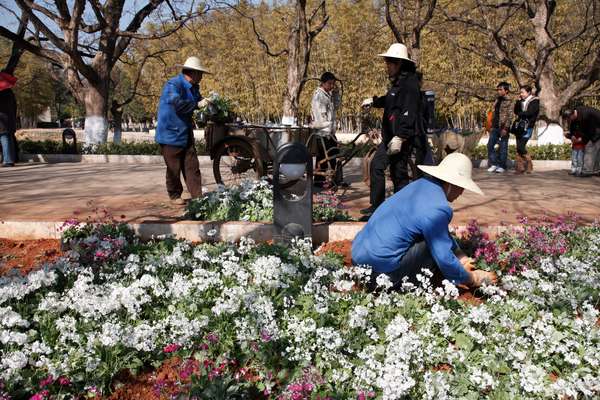
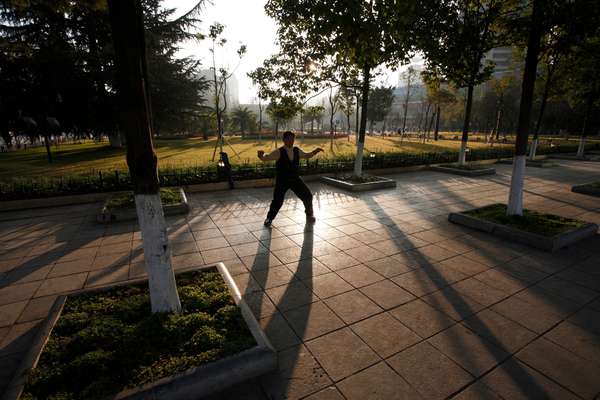


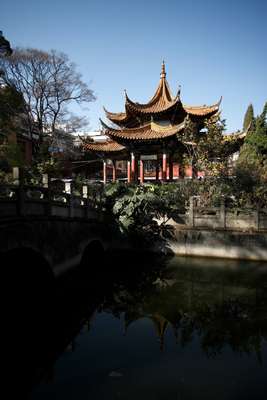
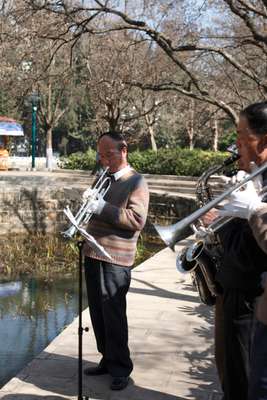
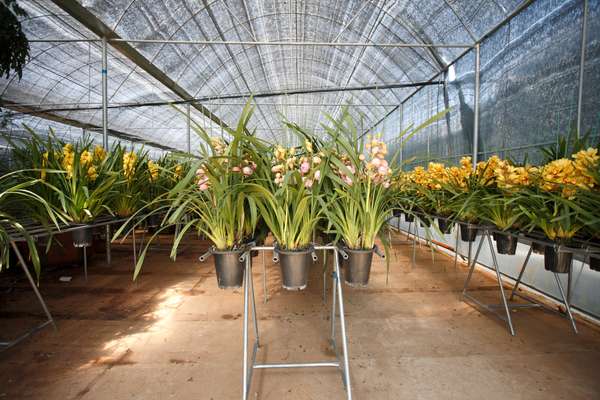
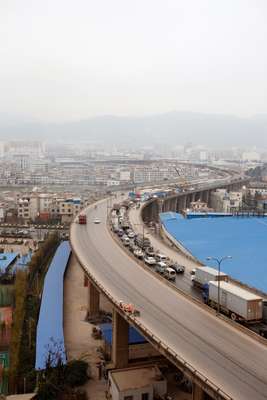
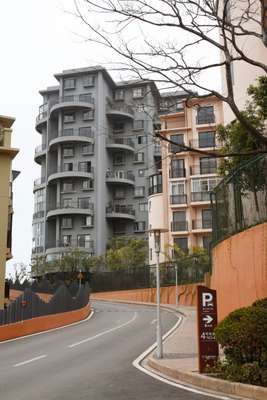
Such talk is not new. Dreams of forging railways between India and China have been around since the 19th century. A railway from Kunming to Mandalay in Burma was almost finished when work was interrupted by the Second World War. “Kunming will never again be related to Shanghai as remote provinces are related to a metropolis. It will become one of the most profitable places in China for men of energy, ambition, and special skill or experience,” wrote Owen Lattimore in “Yunnan, pivot of Southeast Asia” for Foreign Affairs in 1943.
Still, this time there is a sense that Kunming will fulfil its missing links. The city is certainly becoming a magnet for the sorts of people described by Lattimore. “Foreigners who come to live in Kunming seem to want to enjoy life more, to relax. I meet a lot of interesting people here. It seems to attract unusual types,” says Nakao Okano, a Japanese acupuncturist who has lived in Kunming for eight years.
Take Dima and Elizabeth Shanaider arrived from Israel in 2005 with their expertise in printing. Despite not speaking Chinese they soon found a local partner with a world-class print works. “The chances here are greater. The lower costs have given us time to make changes – we couldn’t afford to do that in Beijing. Here it’s easier to find partners, it doesn’t require so many dinner meetings,” adds Shanaider.
Their firm, Worldwide Printing & Publishing Services, produced 500,000 books in 2008 for clients in America, Britain, Israel, Russia and beyond. In 2009 they expect to deliver one million books and expand their reach through a joint-venture with on-demand translation service ChinaOneCall, a British outfit based in Kunming.
Robert Henrich, a tea merchant from New York, decided to return to Kunming after studying Chinese at Yunnan Normal University. The city’s hinterland holds some of the most productive tea fields in China. In 2005 he teamed up with British graphic designer and long-time resident of Kunming, Jake Caccia, to establish Andao, a purveyor of certified organic teas from Yunnan and elsewhere in China. He admits it hasn’t been a smooth ride. “The business has almost gone under two or three times, but we love this place so much, we wanted to do it the hard way. It would have been easier to go through a trader in Shanghai,” he says.
The business climate is, however, improving. “A lot of the right steps are being taken to attract small companies and the number of foreign companies registering here doubles every year,” says Henrich. Kunming today is reminiscent of Shanghai around the turn of this century. Business is only going to get easier.
Striking buildings are rising incongruously among blocks built during the days of Mao Zedong. Most of those face an appointment with the wrecking ball but although foreigners lament the loss of older, charming quarters, some concede this represents progress. One thing everybody agrees on is the quality of life. “I can’t think of any other city which offers this kind of living. Sometimes if we’ve got our work done, we’ll just take off on a Friday morning cycle. There are amazing rides here,” says Horton.
Kunming’s laidback lifestyle is what keeps up-and-coming artist Du Xi from leaving home. “It’s easier to paint here than in Beijing or Shanghai. There’s a lot of networking in those cities, whereas in Kunming you have more time to paint. Artists need time and space. Kunming is good for that.”
If you glance skyward in many cities in China all too often you’ll see dreary, lingering smog. But in Kunming, the skies are crystal clear. Whether the city can keep the smog at bay remains to be seen, but rising environmental awareness and the government’s increasing focus on green issues is a cause for hope.
What is certain is the future is going to be very busy. “If they’re talking about building a 76-storey building you know change is going to come, that people are eyeing this place,” says teaman Henrich. Consultant Horton is banking on change. “I would say in five years Kunming is going to have a much larger international population, not just westerners, but lots of Vietnamese, Thais and Indians. I can see Yunnan becoming a brand a bit like California. This city has an interesting future and I’d like to be a part of it.”
Live the life
Kunming is renowned for the variety of food its restaurants concoct, reflecting the diversity of Yunnan province where only half the people are Han. The Green Lake quarter has a good selection of upmarket restaurants. However, the best food is often served in grimy, down-at-heel joints. Gingko is the city’s well-appointed premier mall, home to all the big European luxury brands such as Louis Vuitton, Chanel and Ferragamo. As with most Chinese cities there’s Wal-Mart, Carrefour and B&Q.
Getting around
China’s major airlines fly throughout the day to Kunming from their hubs at Beijing, Guangzhou and Shanghai. Cathay Pacific flies daily between Hong Kong and Kunming, but don’t expect great deals. Express trains leave daily for Beijing via Chengdu and for Guangzhou via Guizhou taking two days. Kunming’s rapid bus transit network is expanding. Each trip costs 1 yuan ($0.15). Taxis are cheap, but hard to come by during rush hours. For a busy day use a private mini-van. Good alternatives are walking and cycling.
Five city fixes
- Street names: Getting lost can be fun, but there are times when signs in Chinese – and English – showing street names would save time and headaches. Shanghai and Beijing do it, so should Kunming.
- Media: The only daily English news source is gokunming.com. For a city with big international prospects, a daily English newspaper with good coverage of business in neighbouring countries and provinces is essential.
- Heritage: Bulldozing so many historic buildings and neighbourhoods is a mistake. City authorities need to get serious about conservation. Still, this being China they’re just as likely to rebuild impeccable replicas of what was destroyed.
- Traffic and taxis: More taxis, powered by gas or electric, would be a welcome addition to the city. Congestion charging, as in London or Singapore, might mean cars are left at home. Speeding up metro construction is a must.
- Image: Kunming needs to get serious about branding and promotion if it’s to capitalise on its location, development and business. Dowdy trade fairs are not enough. The city needs a cool logo, events such as a marathon and annual expos to keep it in the headlines.
Going green
Kunming’s go-getting party secretary Qiu He took the helm in December 2007. He’s determined to clean up polluted Dian Chi Lake, on the city’s southern fringe. Zürich is providing expertise. “The Swiss experts who visit regularly have helped with new technology to improve the sewage system and water purification treatment,” says Jian Hai Yun, vice-director of the Kunming Urban Planning and Design Institute. Other moves bode well. Ten rivers formally in culverts were recently restored with trees and footpaths. A ban on making and selling plastic bags began on 1 January. More than half the city’s 4.7 million people use solar water heaters, according to America’s Worldwatch Institute. And power-generating cells are being used atop street lamps.
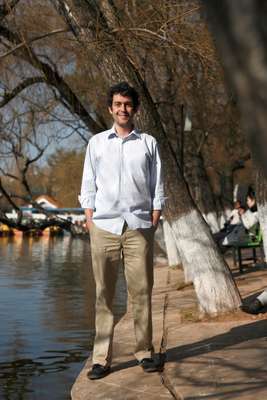


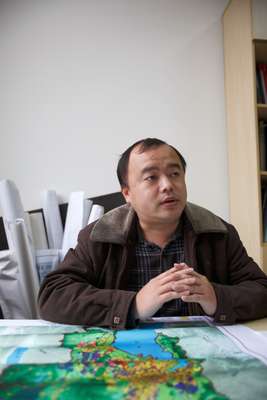

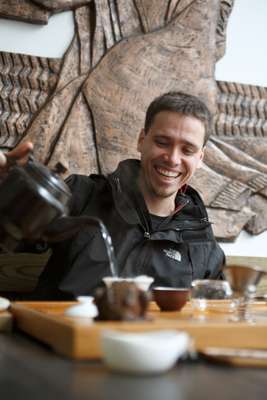
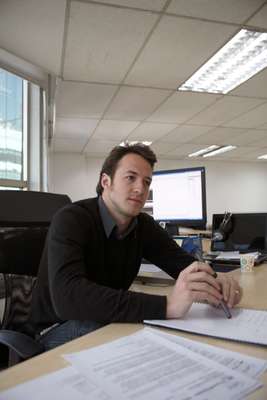
The residents
Robert Henrich:
US partner of Andao tea
“During 2,000 years of history Yunnan has always held a prized place. It’s going to continue that way. Yunnan has leverage within China because it has access to the neighbouring countries. Being out here allows for more free time, fresher air and better access to the countryside. Sitting around in the tea market drinking tea is heaven.”Naoko Okano:
Acupuncturist
“Agriculture is pretty strong here. Last year S&B Foods, a large Japanese company, set up a herb farm near Kunming. It’s close to Japan for shipping agricultural products and much cheaper than Shanghai. Although some people say the workers are a bit too relaxed!”Jian Hai Yu:
Planner
“I made the plan to change the market back into the Jinzhi river, but I find it unbelievable the speed with which it happened. Within three to five years an entirely new Kunming will appear. Just like Barack Obama, we can say that in Kunming everything is possible.”Ross Duggleby:
Architect
“A lot of new developments are starting to address the wider context around them, taking on a responsibility to improve the urban landscape, to add greenery, to create better street-scapes. Obviously, now there’s going to be a bit of a pinch, but on the other hand there’s a lot of policies from the central government to support the economy and help homeowners. There’s still a sense of optimism, but a feeling that this year things will be a bit quieter.”Du Xi:
Artist
“My generation is different because as we grew up China was increasingly open. Politics didn’t play as much of a role. We’re not as politically focused but more interested in exploring our personal interests in art. Kunming is different from other places because it is a little more removed from the world. There are many interesting things to paint here: ethnic minorities, beautiful scenery.”Dima and Elizabeth Shanaider:
Founders of Worldwide Printing & Publishing Services
“There are people here who want to trade with the world. It’s not difficult to find people who want to co-operate,” says Elizabeth. “When we came Beijing Road was terrible, but now there’s a bus route, the traffic is organised. It’s developing, we’re really feeling it,” says Dima.Chris Horton:
Editor of gokunming.com and founder of Meridian
“Diversity is the word which gets attached to Yunnan. You’ve got the foothills of the Himalayas and tropical jungle. You could spend your whole life exploring and still not see it all. That’s what makes the bike rides fun, you never know what you’ll come across. China itself has started to recognise the importance of Yunnan, not just for trade and investment, but for the environment. I think this city will be among the most environmentally friendly in China. More and more people from Beijing, Shanghai and the coast are buying second homes here. There’s also a plan to build China’s Hollywood here. Stanley Tong, who directed a number of Jackie Chan movies, is building a state-of-the-art production facility near to Dian Chi Lake.”


